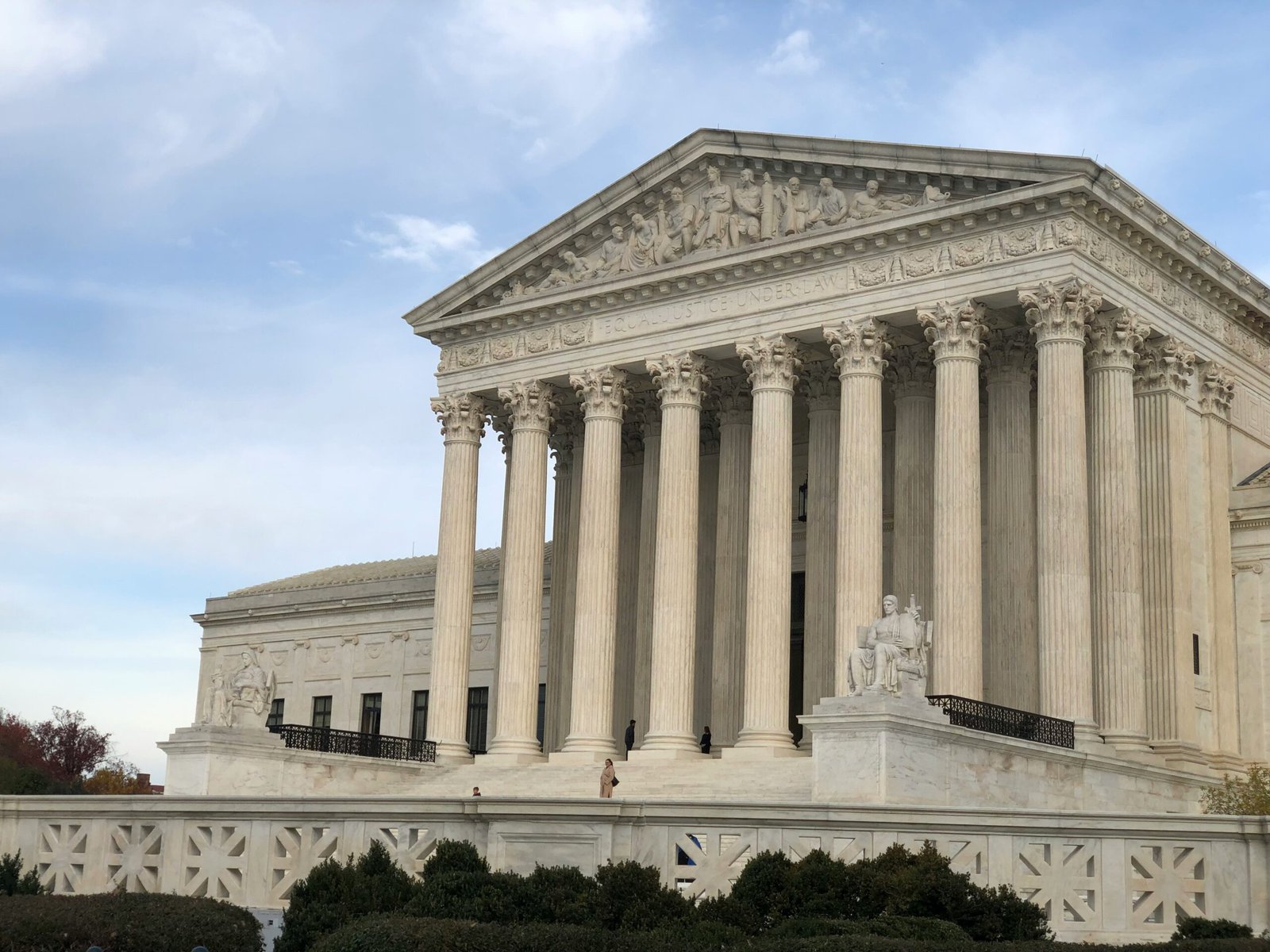Understanding the Legality of Methylenedioxypyrovalerone (MDPHP)

Methylenedioxypyrovalerone, commonly abbreviated as MDPHP, is a synthetic stimulant that belongs to the cathinone class of compounds. Emerging on the recreational drug scene in recent years, it has garnered significant attention from both medical professionals and law enforcement agencies. Its chemical structure is characterized by the presence of a pyrrolidinyl ring attached to the nitrogen atom, differentiating it from many other stimulants. The structural complexity lends MDPHP distinct pharmacological properties, setting it apart from related substances.
MDPHP is primarily sought for its potent stimulant effects. Users often report heightened alertness, increased energy, and a sense of euphoria. These effects make MDPHP analogous to other well-known stimulants like methamphetamine and cocaine. However, the precise mechanism of action, involving the inhibition of dopamine and norepinephrine reuptake, elicits intensified effects, differing slightly in duration and potency compared to its counterparts. The stimulation experienced is typically described as intense but also short-lived, leading to frequent redosing among users.
The historical origins of MDPHP can be traced back to laboratory settings where it was initially developed for research purposes. However, its usage has since evolved, finding its way into unregulated markets. The substance’s rise in popularity has been fueled by its availability through online retailers, often marketed as a ‘research chemical.’ This categorization allows vendors to circumvent certain legal restrictions, although the implications of consuming such unregulated compounds remain a significant concern.
Compared to other synthetic cathinones, like MDPV (Methylenedioxypyrovalerone) and alpha-PVP (Alpha-Pyrrolidinopentiophenone), MDPHP presents unique challenges. Its psychoactive profile is distinctly different, often described as more ‘functional’ with less severe side effects, which can influence user preference and consumption patterns. Nevertheless, the potential for abuse, dependency, and adverse health consequences remains substantial, necessitating a nuanced understanding of its properties and risks.
In examining these aspects of MDPHP, one can better appreciate the complexities surrounding its use and regulation. Both the chemical characteristics and psychotropic effects contribute to its contentious status within numerous jurisdictions, highlighting the need for ongoing research and informed policy-making.
Global Legal Status of MDPHP
Methylenedioxypyrovalerone (MDPHP) holds a varied legal status across the globe, reflecting the diverse approaches nations adopt towards handling novel psychoactive substances. In the United States, for example, MDPHP is classified as a Schedule I substance under the Controlled Substances Act. This classification denotes that MDPHP is considered to have a high potential for abuse, no accepted medical use, and a lack of accepted safety for use under medical supervision. As a result, the possession, distribution, or manufacturing of MDPHP within the U.S. can result in severe legal consequences, including substantial fines and lengthy prison sentences.
The European Union (EU) also adopts stringent measures regarding MDPHP through its regulatory framework. Various member states have implemented the psychotropic substance under their national controlled substance legislations. By 2021, countries such as the United Kingdom, Germany, and France have formally banned the substance, considering its dangerous psychoactive effects. Substantial penalties are imposed for unauthorized handling of MDPHP, often involving imprisonment and fines, mirroring those seen in the United States.
In Australia, MDPHP is regulated as a Schedule 9 substance under the Poison Standard. Substances listed under Schedule 9 are prohibited substances that may only be used for research purposes with strict government authorization and control. The prohibition extends to possession, distribution, and manufacture, with violations leading to criminal charges and strict penalties.
Other regions, such as parts of Asia and South America, also enforce rigorous legal frameworks against MDPHP. Countries like Japan and China have included MDPHP under their respective controlled substance regulations, classing it as a narcotic or psychotropic substance, which implies severe punitive measures for handling MDPHP without proper authorization.
The shifting legal landscape concerning MDPHP often includes recent legislative changes as authorities strive to tackle the challenges posed by new psychoactive substances. These amendments are frequently pursued to harmonize local laws with international drug control treaties and respond effectively to emerging drug trends. Consequently, individuals and entities implicated in activities involving MDPHP face significant legal risks, underscoring the necessity to stay informed about jurisdictional specificities regarding its legality.
Health Risks and Public Safety Concerns
The use of Methylenedioxypyrovalerone (MDPHP) poses significant health risks and public safety concerns. One of the primary short-term effects observed is severe agitation, which can escalate into violent behavior, posing immediate risks to both the user and the surrounding community. Additionally, users often experience elevated heart rates, hypertension, and hyperthermia, which can lead to life-threatening conditions if not promptly managed.
Long-term MDPHP use exacerbates these health issues, contributing to severe cardiovascular issues and potential damage to vital organs. Cognitive impairments are also notable, as chronic use can lead to substantial memory loss, diminished cognitive abilities, and psychiatric disorders including paranoia, anxiety, and depression. The potential for addiction with MDPHP is particularly concerning, as its proclivity to stimulate dopamine release creates a strong dependency.
Overdose incidents with MDPHP present further substantial health risks. Symptoms of overdose often include uncontrollable muscle spasms, severe cardiovascular instability, and respiratory distress. These cases frequently necessitate immediate medical intervention, complicating the responsibilities of healthcare providers. Reports and case studies from various incidents underline the gravity of the situation. For instance, numerous fatal overdoses have been documented, marking the dangerous potential of MDPHP misuse.
Public safety concerns are amplified by MDPHP-related incidents, requiring substantial law enforcement resources. Officials face considerable challenges in managing the distribution and sale of MDPHP, as its clandestine production and the rapid evolution of synthetic variations complicate regulatory efforts. Healthcare providers are similarly strained, often finding themselves at the frontline of dealing with MDPHP overdose and addiction cases, necessitating enhanced training and resources to manage these crises effectively.
Future Outlook and Legal Considerations
The landscape of drug regulation is in a continuous state of evolution, and the future outlook for Methylenedioxypyrovalerone (MDPHP) will inevitably be shaped by ongoing developments in global drug policies. One potential shift is the increased focus on harm reduction strategies and public education. Authorities may prioritize preventive measures over punitive responses, aiming to mitigate the negative impacts of substance abuse through comprehensive public health initiatives and awareness campaigns.
Regulatory frameworks could also adapt to include more sophisticated means of monitoring and controlling the distribution of synthetic drugs such as MDPHP. The integration of advanced technology, including data analytics and blockchain, can enhance traceability and accountability within the supply chain. This technological advancement might help in real-time tracking of drug transactions, thereby curbing illegal distribution and identifying emerging trends in synthetic drug abuse.
International cooperation stands as a critical component in the regulation of synthetic substances. Collaborative efforts between countries can lead to the establishment of unified regulatory standards and policies, aiding in the consistent application of laws across borders. Such cooperation may be facilitated through international bodies like the United Nations Office on Drugs and Crime (UNODC) or the World Health Organization (WHO), which can promote shared research and strategies for effective law enforcement and public health interventions.
Moreover, research into alternative approaches to managing substance abuse will likely gain momentum. This could include exploring the potential therapeutic uses of certain substances under controlled conditions, as well as the development of novel treatment options that minimize the adverse effects associated with drug dependency. Expanding scientific understanding through robust research will be pivotal in crafting policies that adequately address both the challenges and nuances of synthetic drug regulation.

